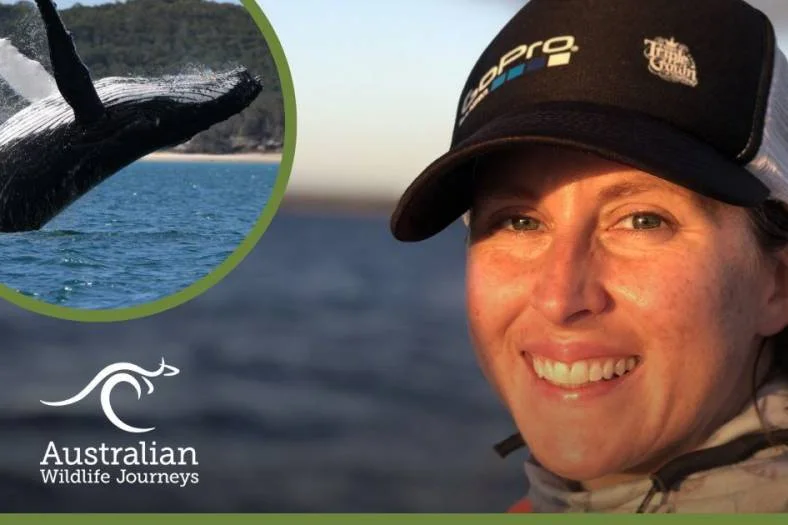Managing the Largest Humpback Whale Photo Database in Australia with Stephanie Stack
Photo identification programs have been the backbone of marine mammal studies for decades, allowing researchers to identify individuals by comparing photos in existing catalogues.
“We track Humpback Whales by photographing the underside of their tail fluke, where they have a unique pigmentation pattern,” explains Stephanie Stack, Chief Biologist at Pacific Whale Foundation. “Pacific Whale Foundation Eco-Adventures Australia is a social enterprise owned by Pacific Whale Foundation, and the profits from our marine eco-tours support whale and dolphin research, marine education for children, and ocean conservation programs. We are proud of our database, which is one of the biggest photo catalogues in the world and has over 6,900 individual Humpback Whale files.”
Stephanie explains that the identification program is an asset that is used beyond just finding individual whales. “We are using the photo identification program for longevity. We’re trying to learn how long the whales live for, since that is one question researchers do not know the answer to yet.”
Commercial whaling ceased in Australia in 1978, and identifying whales through photo-taking began in the 1980s. “We photograph whales as calves, and then we keep documenting individuals throughout their life. If we stop seeing an individual whale over a long period of time, it’s a fairly good indication it has passed away, but we are still tracking some of the whales that were photographed in the 1980s,” Stephanie says.
Guests can contribute to the project by taking their own photos while on board (photos can be uploaded to www.pacificwhale.org/donatephotos) or after the tour, and by sharing the opportunity with family and friends. “We don’t often see the same whales day to day because the population off the east coast of Australia is so large – there are 25,000 or more whales in the area,” explains Stephanie
“That’s why we turn to boat operators and other water users to crowd source the photo identification effort. There are many people out on the water – often with cameras and sometimes telephoto lens’ – so we can increase our efforts if others participate.”
For those who want stay up-to-date with whale sightings, the Pacific Whale Foundation Humpback whale catalogue is a live file accessible via www.happywhale.com/org/494.



